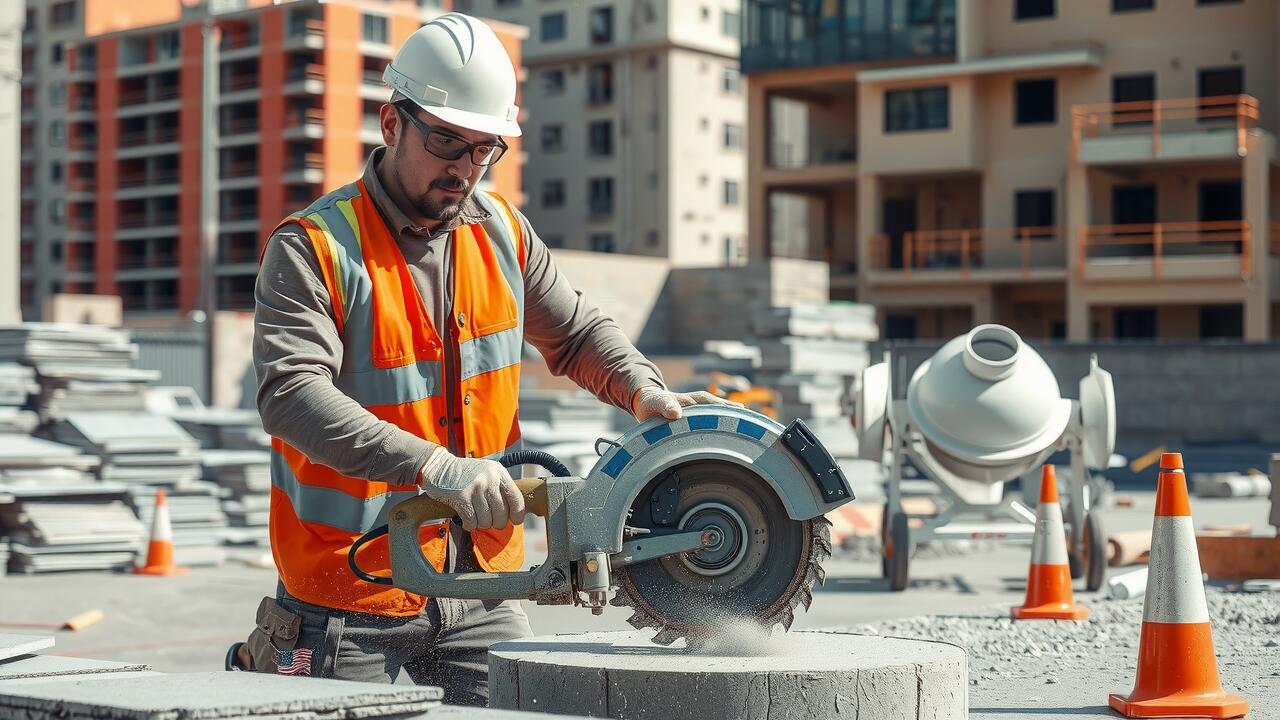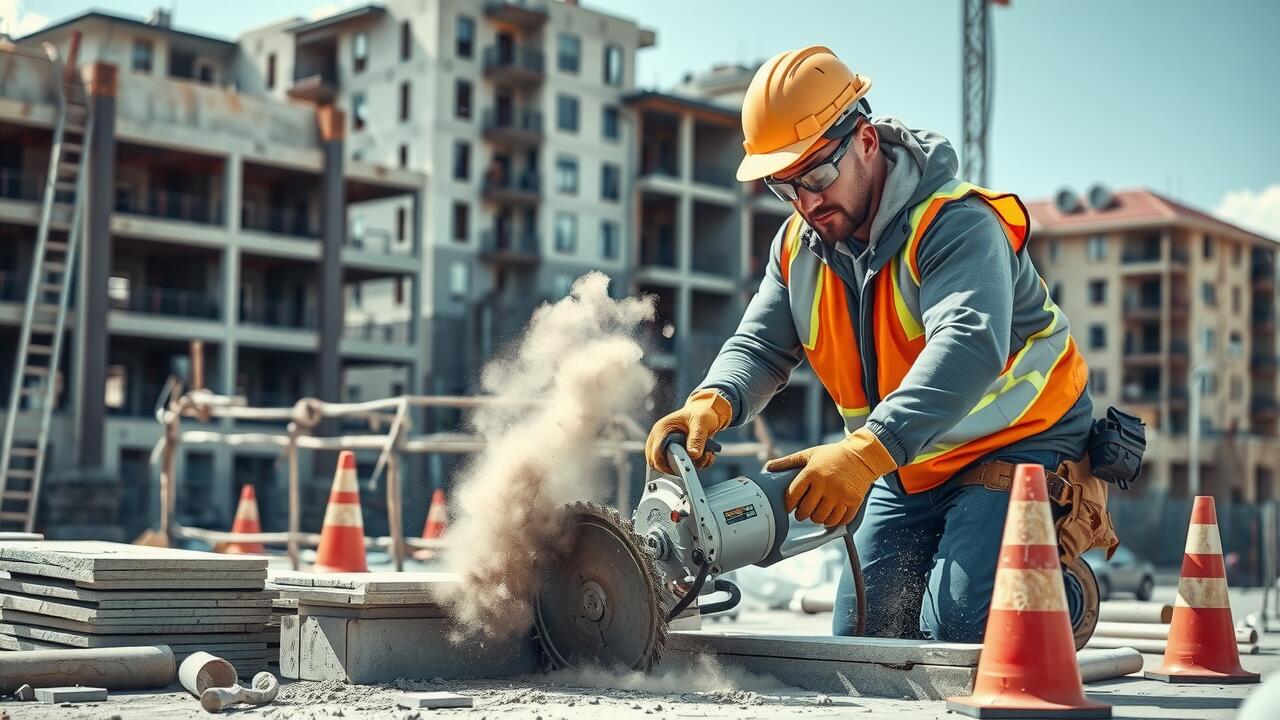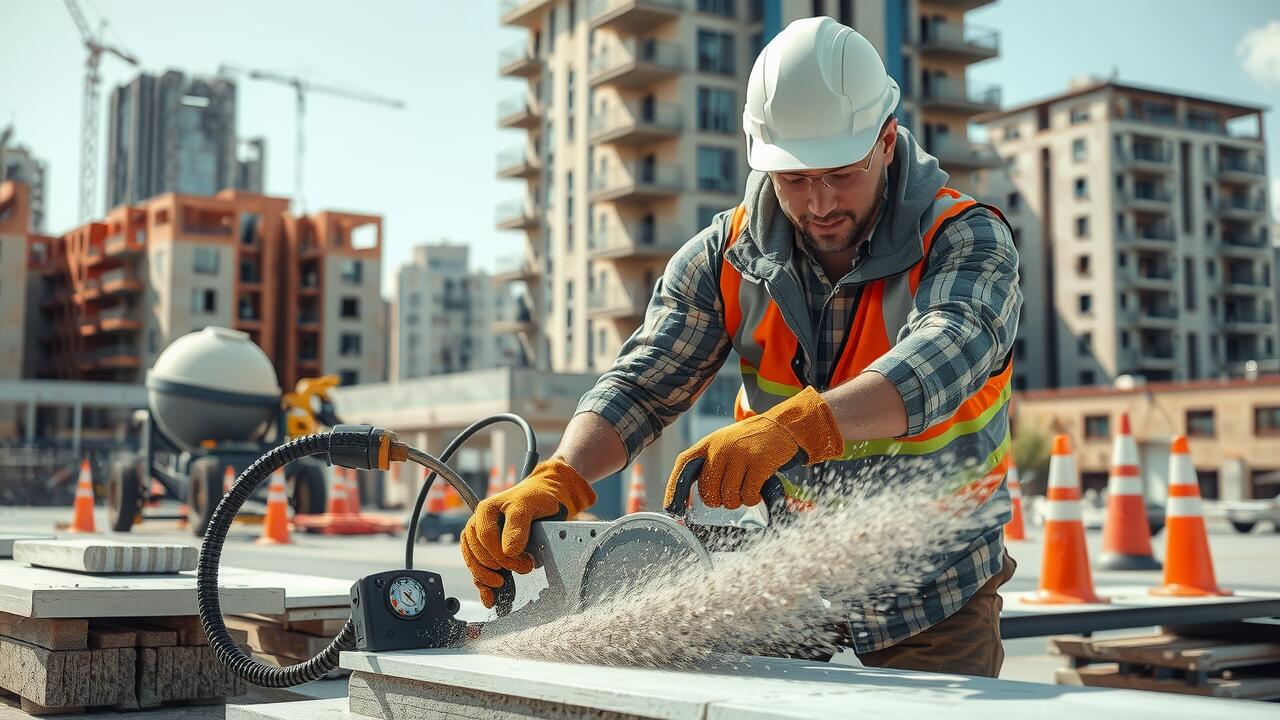
Table Of Contents
Structural Integrity Risks
Concrete Cutting can significantly compromise the structural integrity of a building if not approached carefully. The act of cutting involves removing portions of the material, which can weaken critical load-bearing elements. When these sections are removed or altered, the load distribution changes, possibly leading to stress concentrations. This can result in unexpected structural failure, long before the signs of trouble become apparent.
Moreover, the risks associated with Concrete Cutting extend to the potential disruption of tension cables or reinforcements embedded within the concrete. These reinforcements are essential for maintaining the overall strength of the structure. If they are inadvertently severed or damaged during cutting, the integrity of the entire system could be jeopardized. This can render a building unsafe, leading to costly repairs or even necessitating its demolition if the damage is severe.
How Cutting Can Affect Building Stability
Concrete cutting can significantly impact the structural integrity of a building. Removing sections of concrete, especially from load-bearing walls or slabs, alters the way weight is distributed throughout the structure. This change can lead to unintended stress points, which may compromise overall stability. During the cutting process, vibrations and dust generation may further weaken surrounding materials, increasing the risk of cracks or structural failure.
Additionally, improper planning during concrete cutting can result in more severe complications. For example, if critical support elements are removed or improperly reinforced after the cut, the risk of collapse escalates. Building codes and engineering guidelines often dictate the methods and techniques used to minimize these risks, highlighting the importance of professional oversight during such operations. Failure to adhere to established protocols may not only jeopardize the structure’s safety but also pose a risk to the occupants.
Safety Precautions to Implement
Prioritizing safety is essential when engaging in concrete cutting. Proper planning and awareness of the work environment can significantly reduce risks. Before starting, conduct a thorough assessment of the area. Look for potential hazards, such as nearby electrical lines, gas pipes, or unstable structures. Understanding the workspace helps in implementing measures to protect both workers and surrounding properties.
Equipping personnel with suitable personal protective equipment (PPE) is crucial. Essential gear includes safety goggles, ear protection, gloves, and dust masks to shield against debris and noise associated with concrete cutting. Furthermore, ensuring that all workers are trained in the proper usage of tools and equipment minimizes the likelihood of accidents. Regular safety briefings can reinforce protocols and keep safety at the forefront of every operation.
Essential Personal Protective Equipment (PPE)
When engaging in concrete cutting activities, wearing appropriate personal protective equipment (PPE) is crucial to ensure safety. Hard hats protect against falling debris while safety goggles shield the eyes from dust and flying particles. Hearing protection, such as earplugs or earmuffs, is also essential due to the high noise levels generated by cutting equipment. Respirators can help mitigate the inhalation of harmful dust and silica particles that result from the cutting process.
Foot protection should not be overlooked, as heavy equipment and sharp tools can pose a risk to the feet. Steel-toed boots provide added safety in such environments. Additionally, high-visibility clothing helps ensure that workers remain easily seen by others on the job site. Proper gloves also contribute to safety by offering grip and protection against cuts and abrasions during concrete cutting tasks. Each piece of PPE plays a vital role in maintaining a safe working environment.
Environmental Considerations
Concrete cutting can have significant environmental impacts that should not be overlooked. The process generates dust and particulate matter, which can release harmful substances into the air. Proper ventilation and dust suppression methods are crucial to minimize the release of these particles. Additionally, the noise generated during concrete cutting can disturb nearby wildlife and residents, contributing to a less harmonious environment.
Water runoff from concrete cutting operations can also lead to contamination of local water sources. Depending on the materials used, chemicals involved in the cutting process can seep into the ground or flow into storm drains. It is essential to implement measures that prevent this contamination, such as using barriers or filtration systems. Being mindful of the broader environmental effects of concrete cutting fosters a safer and more sustainable approach to construction and renovation projects.
The Effect of Concrete Cutting on Surroundings
Concrete cutting can have significant implications for the surrounding environment. The process often generates dust and debris, which can contribute to air pollution. Additionally, vibrations from cutting equipment may affect nearby structures and landscape features, potentially causing minor shifts or cracks in adjacent walls and foundations. It is essential to assess the location before starting any cutting operation to understand the various factors that may come into play.
Noise pollution is another concern associated with concrete cutting. The machinery used in this process typically produces high levels of sound, which can disturb both residents and wildlife in the vicinity. Awareness of local regulations regarding noise levels is crucial. Furthermore, mitigating measures, such as using noise barriers or scheduling work during non-peak hours, can help minimize the impact on the surrounding community.
FAQS
What are the main risks associated with cutting concrete?
The main risks include potential structural integrity issues, dust generation, and the possibility of damaging surrounding materials or utilities.
How does cutting concrete affect building stability?
Cutting concrete can compromise the structural integrity of a building by weakening load-bearing walls or supports, which may lead to unexpected shifts or even structural failure.
What safety precautions should be taken when cutting concrete?
Essential safety precautions include wearing appropriate personal protective equipment (PPE), ensuring proper ventilation, and using the correct cutting tools and techniques to minimize risks.
What type of personal protective equipment (PPE) is necessary for cutting concrete?
Essential PPE includes safety goggles, dust masks or respirators, hearing protection, gloves, and sturdy footwear to protect against flying debris and dust inhalation.
How can concrete cutting impact the surrounding environment?
Concrete cutting can generate significant dust and noise pollution, which may affect nearby residents and wildlife. Additionally, it can disturb the local ecosystem if proper precautions are not taken.

